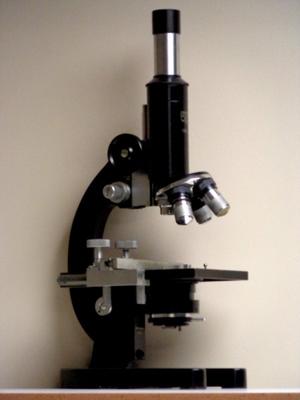We've probably all heard something about MSG, but do you really know what it is? Is it safe for us to eat? There are labels that proudly boast no MSG but is that necessary?
Here are some facts about MSG from the Food and Drug Administration:
- MSG stands for monosodium glutamate. It is the salt of a common amino acid called glutamic acid. Basically it's a flavor enhancer for foods to add a savory flavor.
- MSG can be found naturally occurring in nature in foods such as tomatoes and cheeses. Added MSG today is made from the fermentation of starch, sugar cane, molasses, or sugar beets.
- Is MSG safe to eat? The FDA says yes. While scientists have hypothesized that some people may have a sensitivity or allergy to MSG, it is rare. Reactions to MSG may include headache and nausea.
- If you would like to stay away from MSG just look for it on the label. The FDA requires any food with MSG to be listed as monosodium glutamate. Be aware that some foods naturally contain MSG like hydrolyzed vegetable protein, autolyzed yeast, hydrolyzed yeast, yeast extract, soy extracts, and protein isolate.
For more information on MSG, visit the FDA website.

 Equal Housing Opportunity
Equal Housing Opportunity